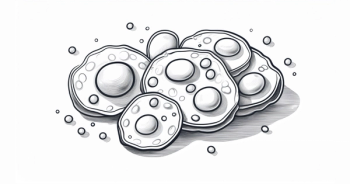
The Impact of CD38-Targeted Therapy in Multiple Myeloma
Adriana Rossi, MD:Daratumumab came in really at first in advanced lines, in patients who’d had prior proteasome inhibitors and immunomodulatory drugs. And at first, all of these patients were having it at a very advanced line of therapy, and as with most drugs, we’ve been moving it up further and further. We now have a number of approvals and a number of evidence-based studies showing that it works quite well with a number of partners, and in earlier and earlier lines of therapy, including now frontline regimens.
CD38 is expressed in all myeloma cells. It is also found in a few other hematopoietic tissues and other off-target items. The role of the enzyme itself has been shown to have multiple activities and multiple lines of metabolism that it affects. And so it really allows evasion of immune surveillance for the tumor cells. But beyond that it makes a very good target because it’s on the surface of almost every myeloma cell and not as much in any other. So it is truly one of our first targeted therapies.
In November of 2015, multiple myeloma finally got its 2 first and second monoclonal antibodies; and as far as toxicity profile, these really offered nonoverlapping toxicities with all of our other agents. They’re very well tolerated other than a slightly increased infusion reaction, which we’re quite good at mitigating, and have been shown now to be very good partners for both immunomodulatory drugs and proteasome inhibitors and combinations of both of those.
Transcript edited for clarity.








































